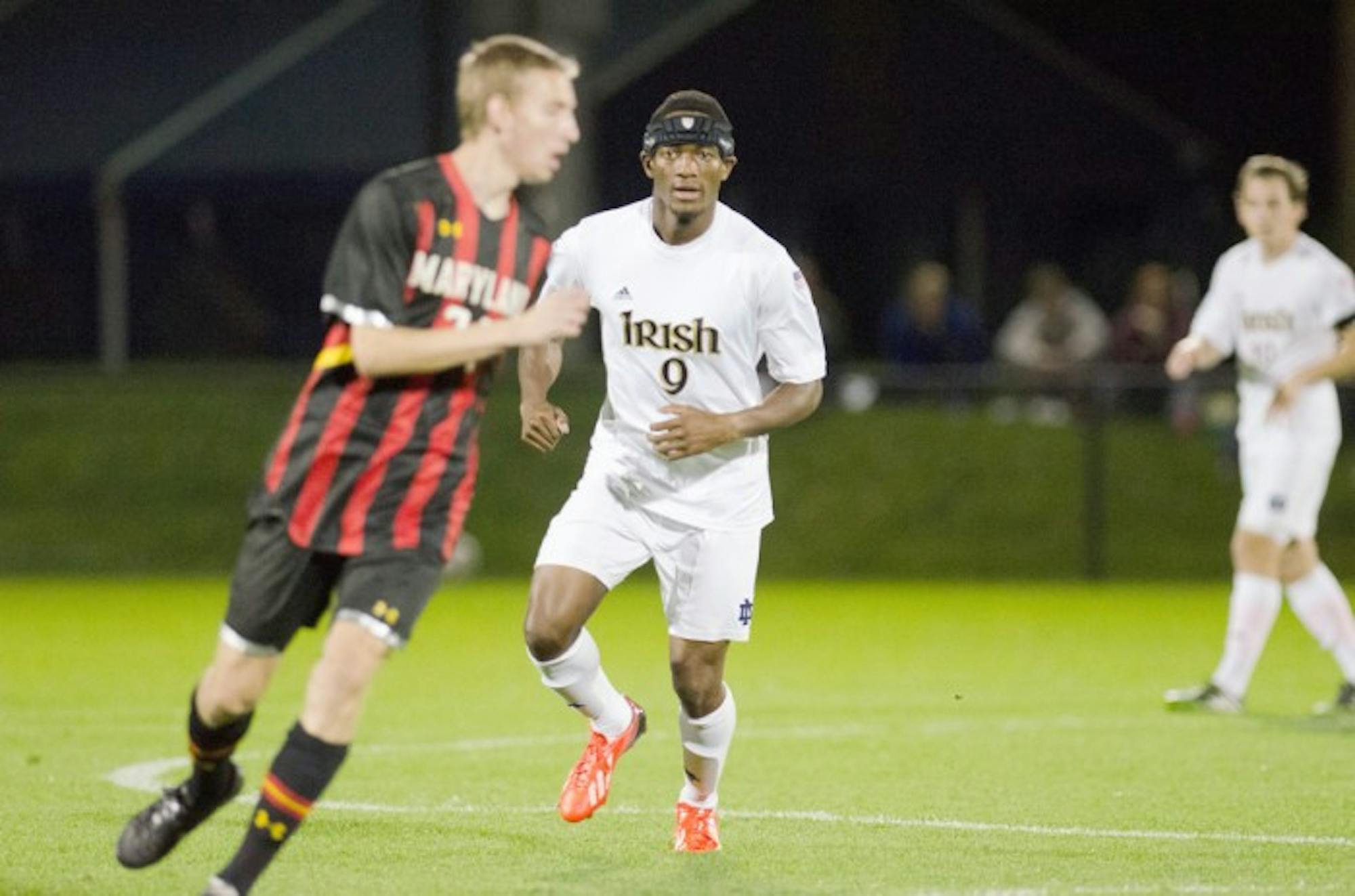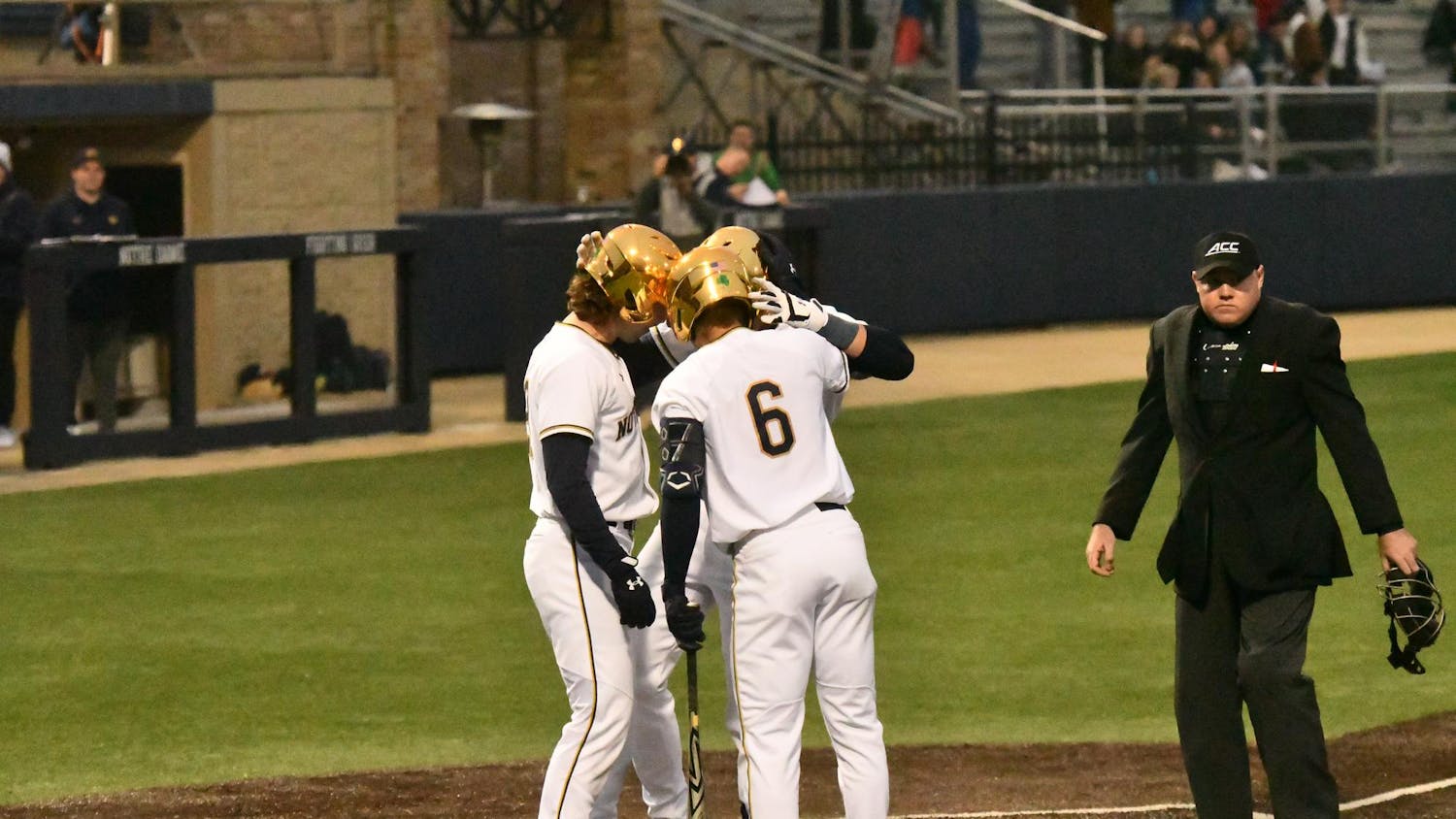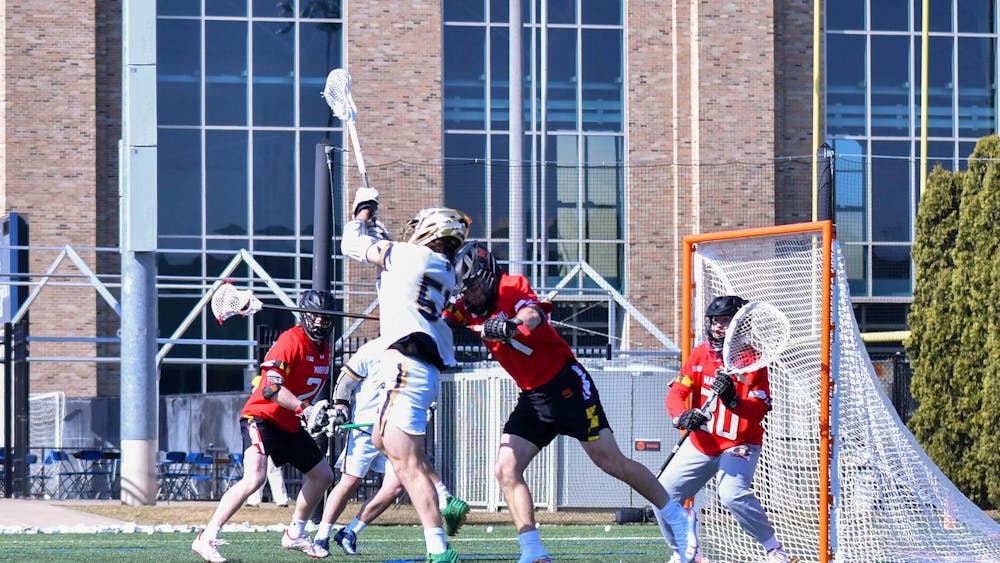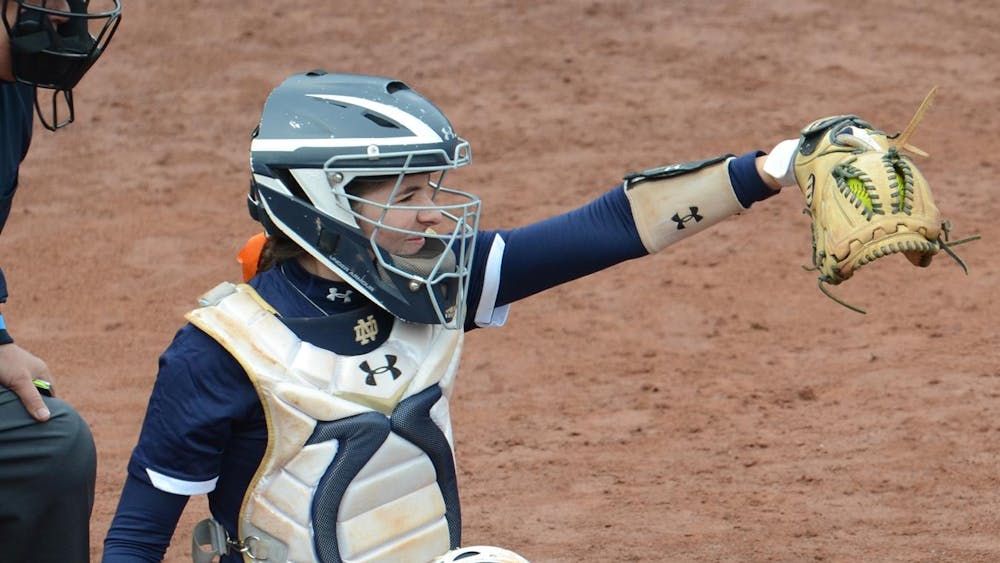When the now-No. 5 Irish played out a scoreless draw with No. 9 Georgetown on Sunday, a natural reaction might have been to look at Notre Dame's shot advantage in the game and determine that the result was a bit unfair to the defending national champions. The Irish outshot the Hoyas 23-9 (8-3 shots on goal) and for the most part, controlled play on the pitch but failed to come away as the winners after 110 minutes.
Some might instinctively think it's a cause for concern — how can you dominate the shots department by such a wide margin and fail to win? And what does a draw in the opening weekend say about Notre Dame's chances for a repeat?
But soccer isn't necessarily as straightforward. When you have the ball at the edge of the penalty area, you might still have to beat a defender and the goalkeeper in order to score. Take last year's match between Chelsea and West Ham United in the United Kingdom's Barclays Premier League for example. The two teams played to a 0-0 draw, reflective often of a game in which both teams were equal. But that was far from the case. Chelsea outshot its opponent 39-1. It controlled 72 percent of the possession time — yet still failed to win.
It's why this early in the year that shots — and especially those put on target — mean more than goals. The Irish outshot then-No. 12 Marquette and Georgetown by a combined 40-20 over the weekend's 200 minutes of action and held a 14-6 edge in shots on goal. And against two teams that entered the weekend in the top 12 of the rankings, those statistics mark something to be upbeat about as the Irish head down the path of their season.
And while you don't want to read too much into goals scored in such a small sample space, it can only be a good thing for the Irish that graduate student forward Leon Brown got on the scoresheet in the season opener. Brown — who scored five times in 24 appearances last year — only made three starts and took the starting position vacated by Harrison Shipp. Shipp, of course, led the Irish last year in both goals (12) and assists (10) and now plies his trade with the Chicago Fire, with which he's already scored six goals and recorded five assists.
And for Notre Dame to defend its national championship this year, it is probably going to need someone to step up and perform in the position left by Shipp. Brown fits that role as a veteran with eight collegiate goals to his name. Granted, he won't be Shipp — as Clark said last week, "Leon just needs to be Leon" — but getting off on the right foot is certainly promising for forwards, as so much of their performance is dependent on the confidence they have to put the ball in the back of the net.
So rather than taking a look at the scoreline and the latest NSCAA coaches poll that dropped Notre Dame from No. 1 to No. 5, take a look at how the game went. There's nothing so far to indicate that the Irish aren't candidates for a second consecutive national title.













